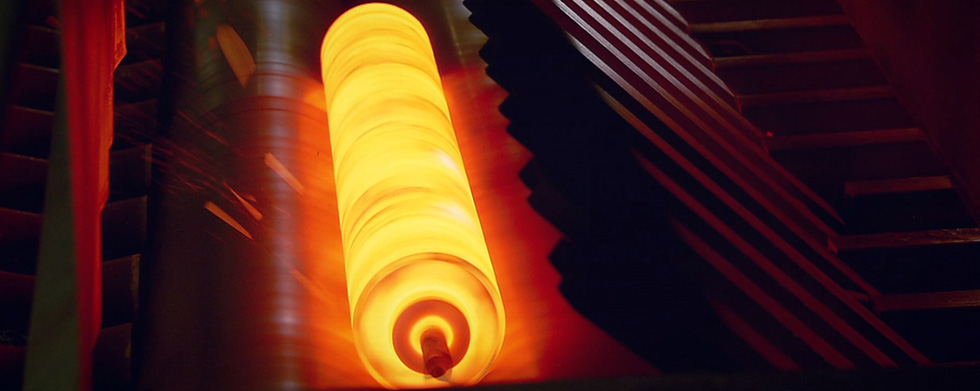Yashi Screw specializes in solving your wear problems, offering a wide variety of hard surfacing materials, alloy coatings, bimetallic liners and base metal encapsulation. Our goal is to provide solutions that best fits your needs.
Outer Diameter Welding
We offer Colmonoy® 56, 57, 83, and 88 and Stellite® 1, 6, and 12 for both new and rebuilt outer diameter surfaces. Welding is done with automatic Plasma Transferred Arc Welders to provide a weld of the highest integrity and minimal cracking. We also utilize MIG and TIG welding for repairs to damaged feedscrews.
Root Encapsulation
We can encapsulate the screw root with hard surfacing where needed to reduce wear. Several different materials are available for this purpose depending upon the need and specific situation.
Coatings
We work with many companies to provide coatings that protect against wear. We also offer industrial hard chrome plating and electroless nickel plating.
Yashi Screw offers a range of bimetallic specifications utilizing alloys selected to provide the best solution for different material types and grades. Our top-quality alloys for bimetallic screws and barrels ensure optimum protection from wear and corrosion in production.
Bimetallic Screws
Most bimetallic screws are made with 2 plus metals, that’s why they are thus called. Bimetallic screw provides additional protection against wear and corrosion than standard nitrided screw. When the screw flights is combined with welded alloy, it reinforces the most sensitive parts subject to wear, which extends the life of screws, especially for processing abrasive polymers, like fiber glass or talc reinforced resins, etc.
The usual manufacturing procedure of Yashi Screw consists of applying an alloy on the crests of screw flights by welding. This alloy can be resistant to abrasion, corrosion or both at the same time.
Screw Making:
The screw is manufactured, leaving a channel on the top of flights ( areas hat touches with the barrel ).
PTA Welding:
Selected alloy deposited on the channel by PTA welding.
Grinding:
Once deposited, the welded alloy edges and the screw O.D. will be ground to their specifications and sizes.
 Bimetallic Barrels
Bimetallic Barrels
Bimetallic barrels are made through centrifugal casting to get exceptional wear and corrosion resistance in the demanding processing needs. Barrel blanks are the base material serving as a support to hold the alloy inlays, the bimetallic liners. The thickness of the alloy layer is about 2mm, with specific characteristics to serve the needs of the material to be processed.
The adhesion of bimetallic liners to the base material is the combined work of controlled temperature and centrifugal casting, the alloy powder spreads along the barrel blank bore by centrifugation and sticks to the base material by fusion.
Barrel Making:
The barrel is deep-hole bored, and the exterior is ground to its specification.
Then put the selected alloy powder in the barrel bore, together with some additives that protect the oxidation (similar to the welding process). Both sides of the barrel are plugged, leaving a small gas outlet.
Centrifugal Casting:
Put the barrel in the centrifugal casting furnace at the melting temperature of alloy.
The alloy is cast inside the barrel bore by a centrifuge, which rotates the barrel at a high speed.
Honing:
The plugs of both sides are cut and removed from the barrel.
The barrel bore is finished by honing, making it to the needed sizes and finishes.
